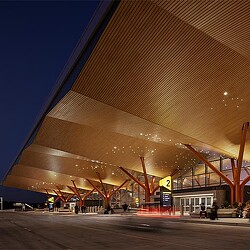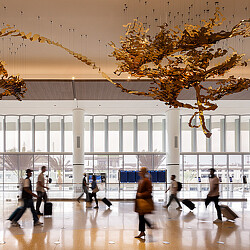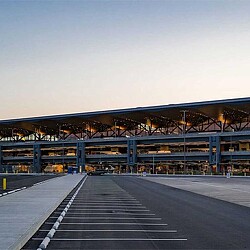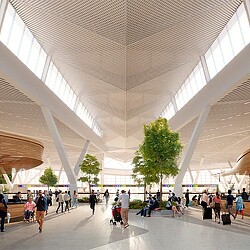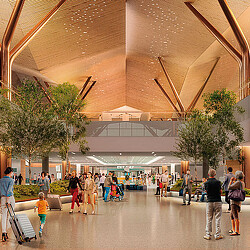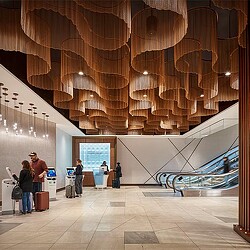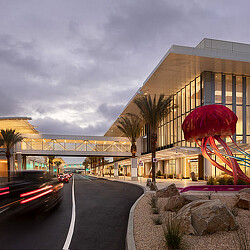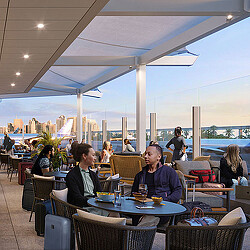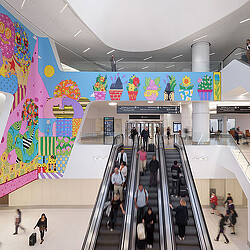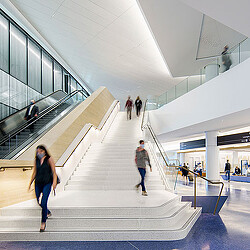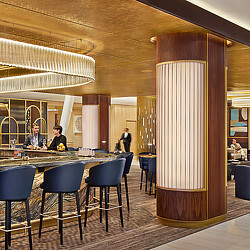How Aviation Is Evolving for the Leisure Traveler
Aging infrastructure, rapidly advancing technology, and an unprecedented surge in leisure travel are driving changes in airport design.
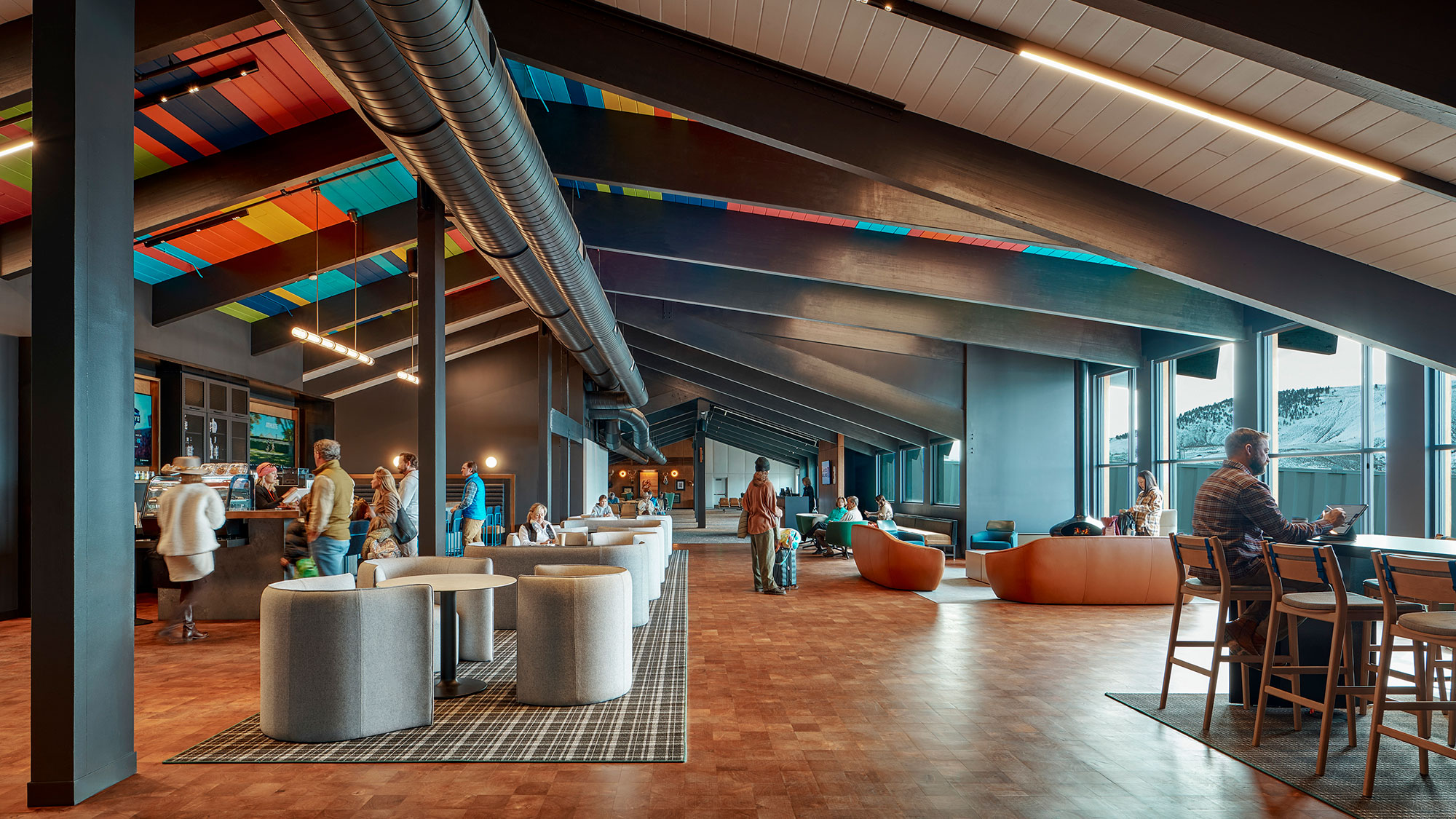
Airports are in the midst of a profound transformation. Confronted with aging infrastructure, rapidly advancing technology, and an unprecedented surge in leisure travel, these once utilitarian spaces are being reimagined as destinations in their own right. What was once a rushed, transactional journey from curb to gate is now becoming a curated experience — one shaped by convenience, personalization, and even delight.
The rebound from COVID has been uneven. Regional airports with shorter lines and local character are thriving, while large international hubs continue to wrestle with scale and complexity. Yet the opportunities for reinvention are greatest at the big hubs, where investments in infrastructure and design can redefine what air travel feels like.
The rise of the leisure traveler
Where business travelers once dictated design priorities, leisure passengers now fill the majority of seats. They arrive earlier, stay longer, and expect more from the airport environment. This shift is driving airports to expand amenities and rethink space planning. The new Terminal One at JFK is a prime example: designed with soaring, light-filled halls and layered passenger experiences, it reimagines the airport as a vertical city with multiple levels of dining, retail, and relaxation.
For leisure travelers with longer dwell times, these kinds of environments are not just pleasant — they’re essential. Airports that succeed will create memorable experiences that make time spent before boarding feel like part of the trip itself.
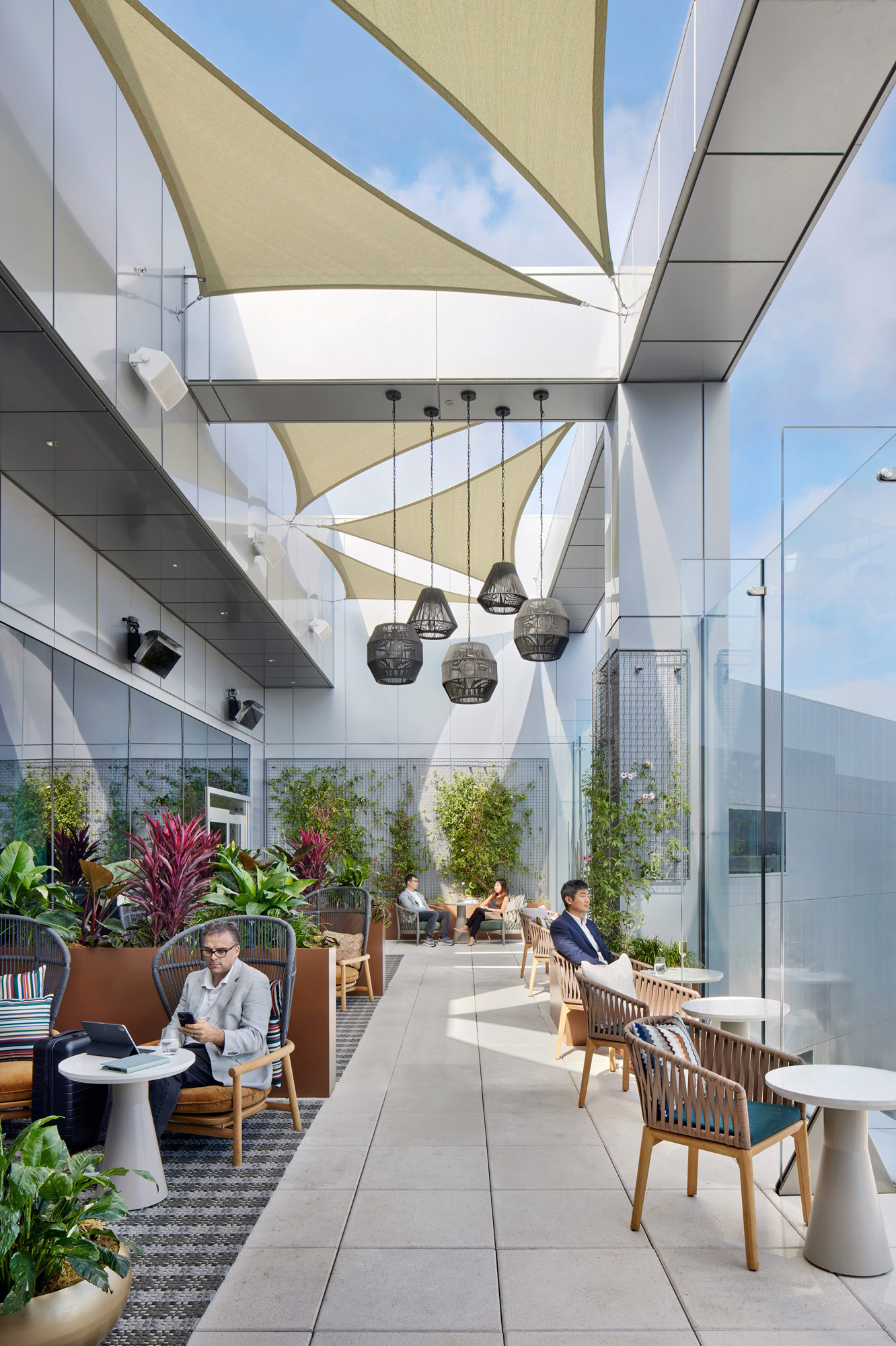
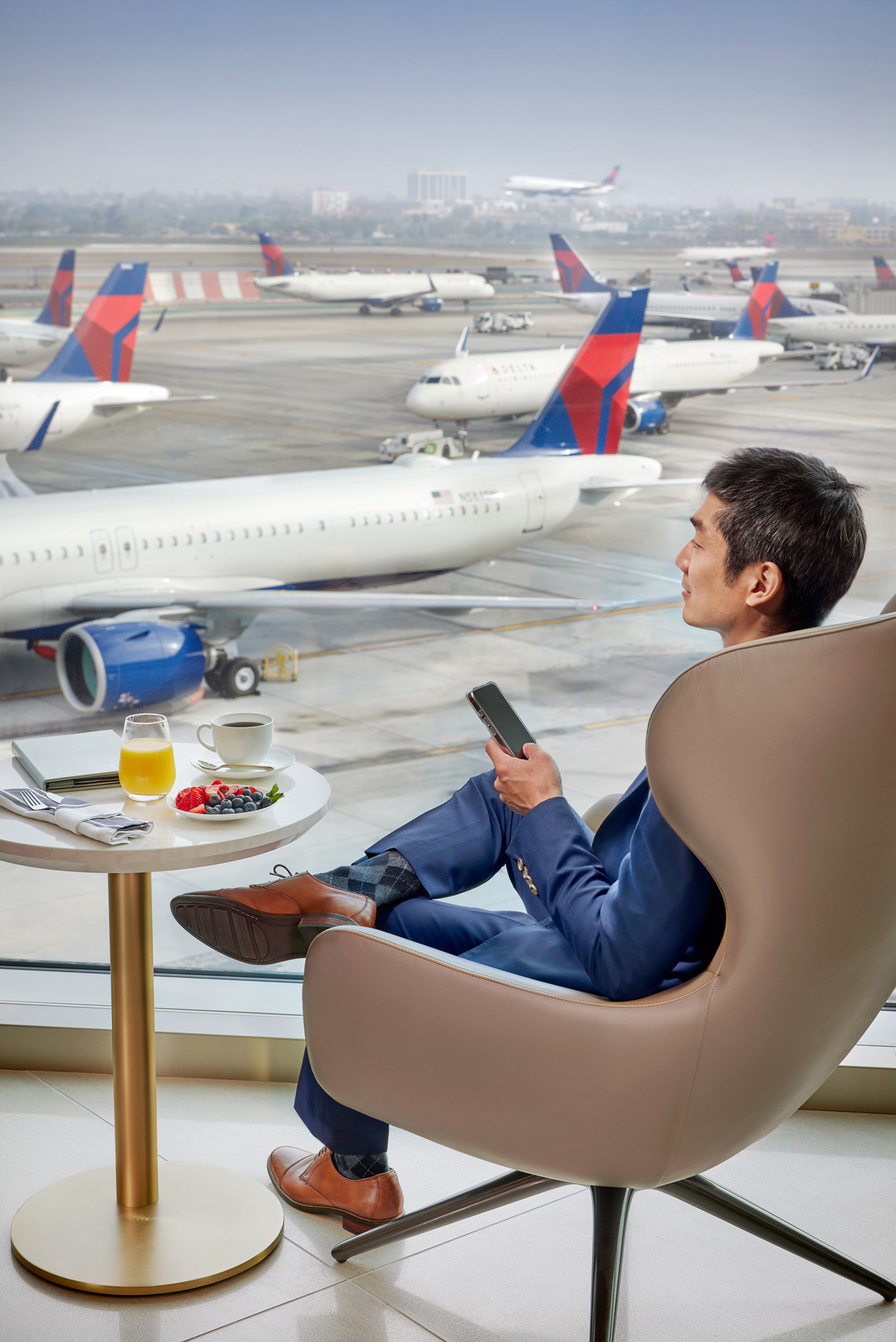
Lounges for all — and lounges for the few
The changing traveler mix has fueled a new wave of investment in lounges. On one hand, third-party providers and credit card companies are opening premium-feeling spaces to more people, introducing a “lounge for all” model. On the other hand, airlines and airports are pushing luxury to new heights. Lounges at major hubs now feature partnerships with celebrity chefs, fine dining, spa treatments, and high-touch amenities that rival five-star hotels.
This dual track — inclusivity for the many, exclusivity for the few — reflects a broader truth about airports: passengers want choice. Some want an affordable space to recharge; others want an indulgent experience that elevates the journey. Tomorrow’s airports will need to provide both.
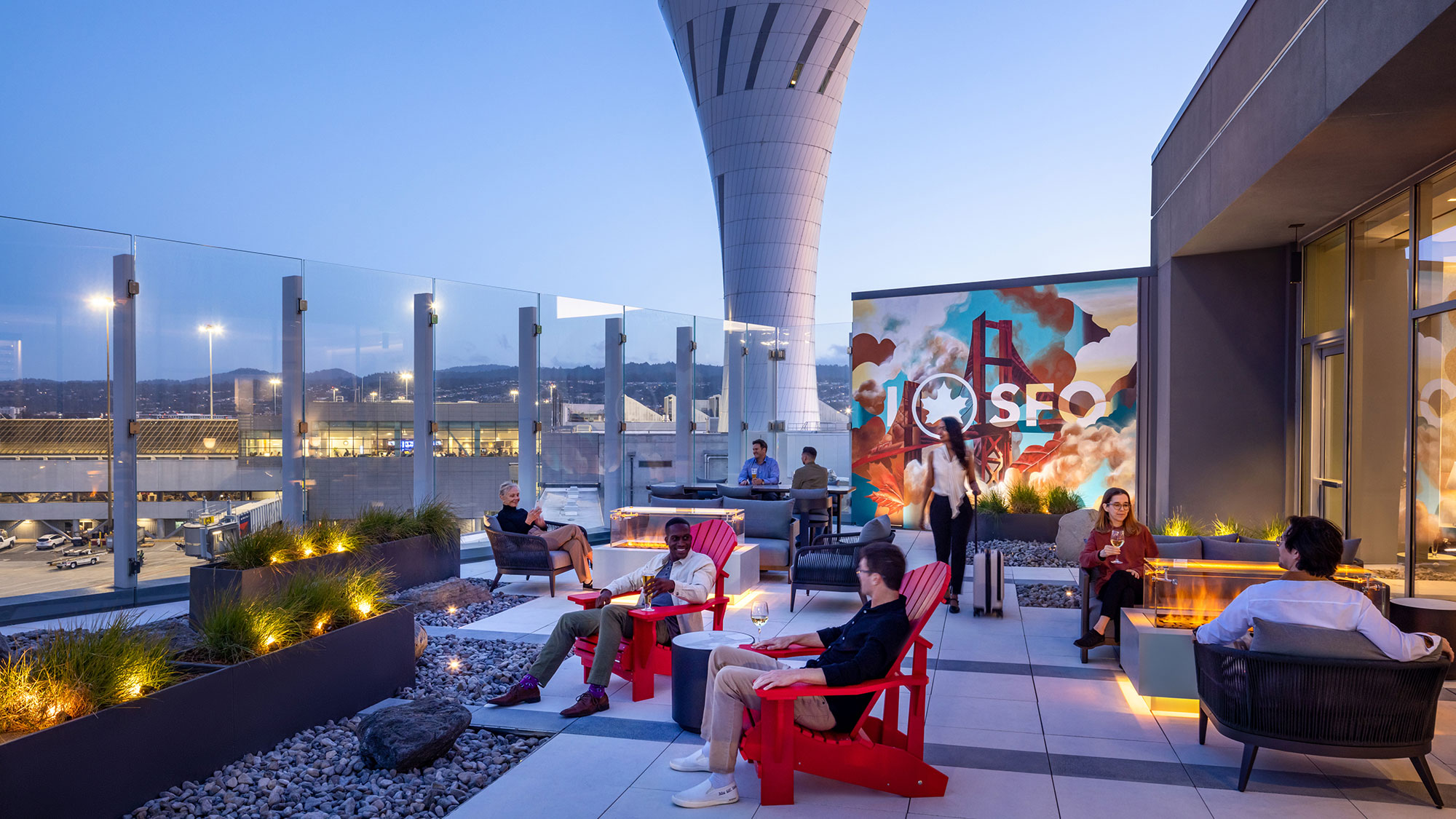
Outdoor and quiet spaces to reduce stress
Another important shift is the recognition that airports can and should support passenger well-being. At San Francisco International Airport, the “quiet airport” initiative has reduced unnecessary announcements and added sound-dampening features to create calmer environments. Quiet rooms designed for neurodivergent travelers and models of aircraft interiors that help nervous flyers acclimate are part of a growing toolkit to reduce travel anxiety.
Outdoor terraces are also gaining traction as a way to provide fresh air and natural light. San Diego’s newly redesigned Terminal 1 includes landscaped outdoor areas where passengers can decompress before boarding. These spaces connect travelers with nature in a setting long dominated by concrete and glass, signaling a more human-centered approach to design.
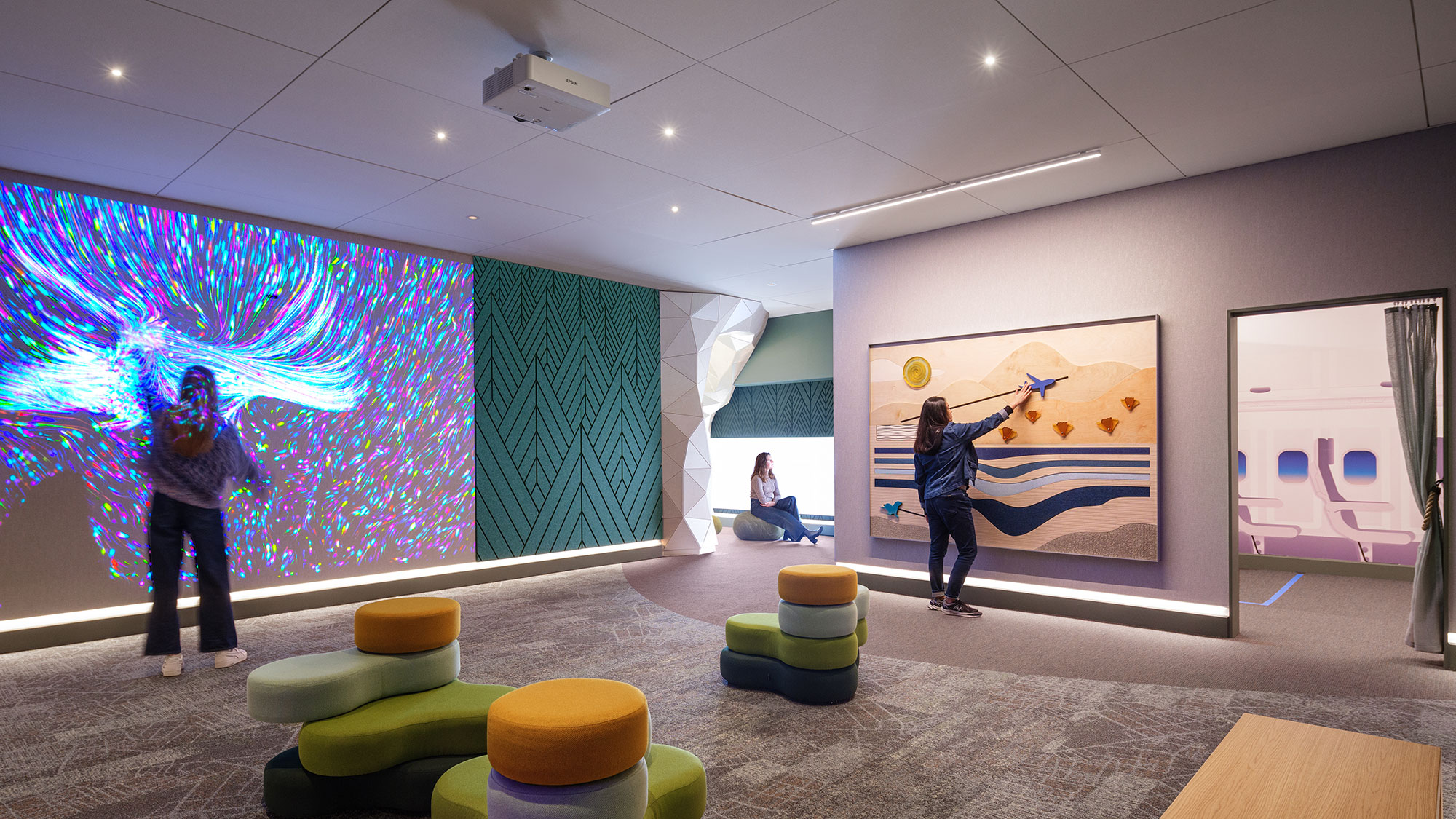
Predictability, personalization, and choice
At the soon-to-open Pittsburgh International Airport, predictability is the guiding principle. With clear, intuitive pathways and a strong emphasis on local food and retail, the terminal is designed to minimize friction while reflecting the character of the region. This predictability, long the hallmark of smaller regional airports, is now being scaled up to larger hubs.
At the same time, personalization through technology is transforming the passenger journey. Mobile tools already handle check-in and boarding passes; the next frontier is real-time, AI-driven recommendations that guide passengers to dining, shopping, or quiet areas based on their preferences. Airports are evolving into places where the environment adapts to the traveler, not the other way around.
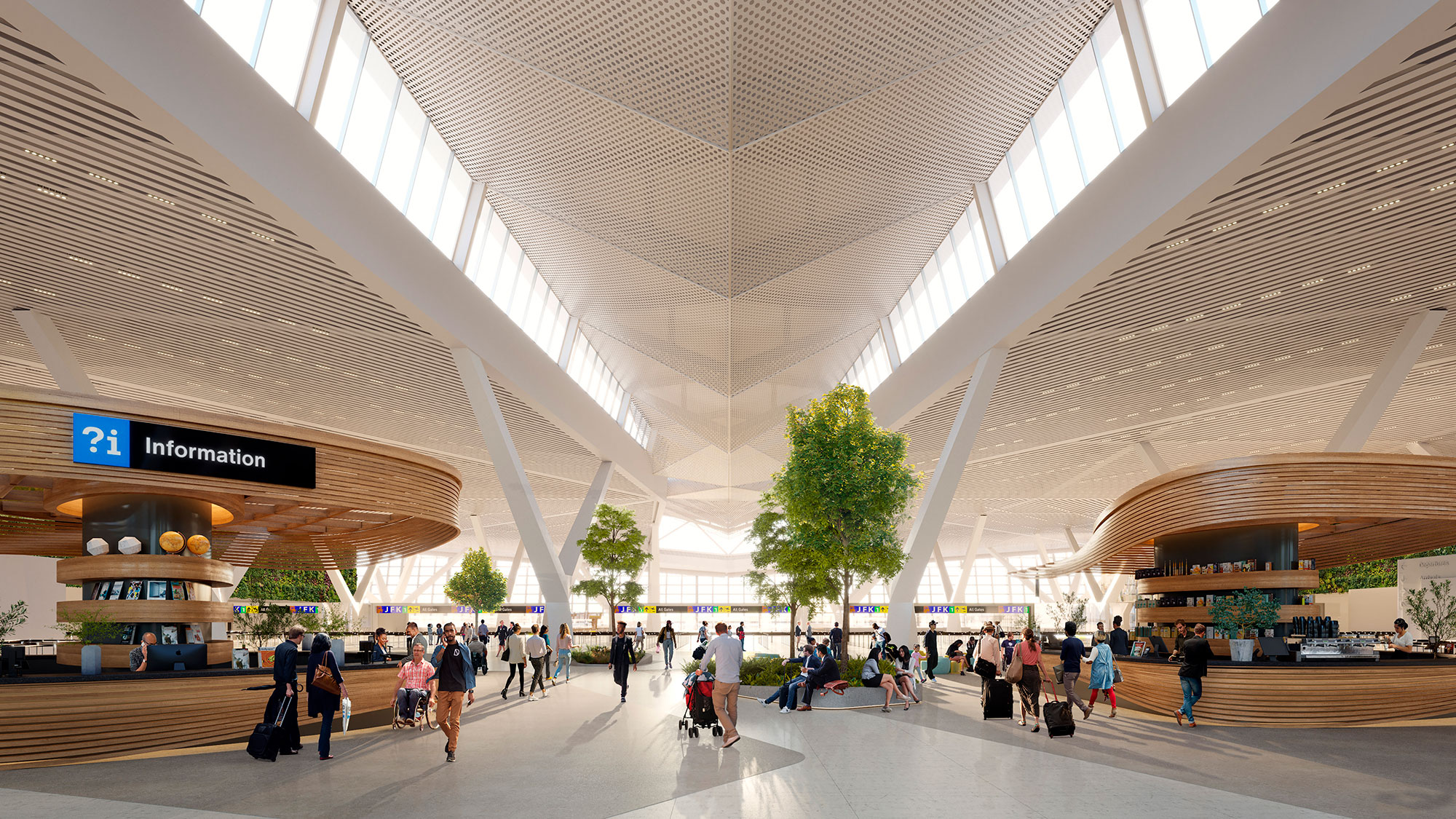
Airports as destinations
Borrowing lessons from sports and entertainment venues, airports are beginning to embrace their role as cultural anchors. JFK’s New Terminal One, Pittsburgh’s terminal redevelopment, and SFO’s ongoing upgrades all point toward a future where airports are designed not just to move people, but to engage them.
By layering in luxury lounges, inclusive amenities, outdoor spaces, and wellness features, airports are becoming destinations that travelers actively want to spend time in. The stress of travel is giving way to opportunities for relaxation, discovery, and even excitement.
Designing for complexity with simplicity
Aircraft are getting larger and terminals more complex, but the design imperative remains the same: simplify the journey. That means intuitive layouts, predictable timelines, and layers of technology that personalize the experience without overwhelming it.
To be successful in this next chapter, airports will need to balance efficiency with experience, combining the predictability of regional airports with the ambition of international hubs. They will deliver comfort, inclusivity, and inspiration — transforming the act of flying into an experience travelers actually look forward to.
For media inquiries, email .

